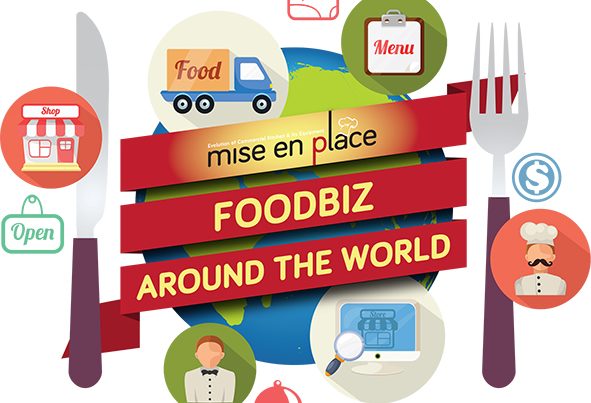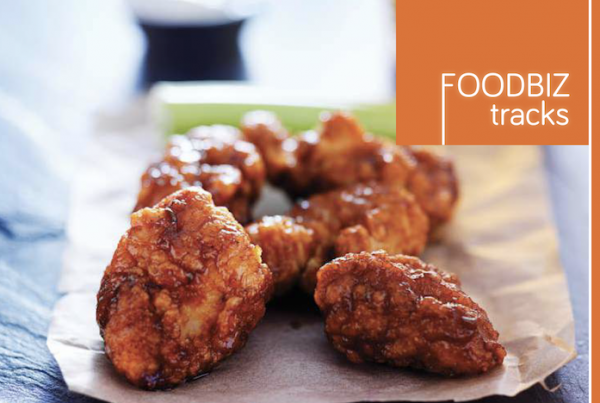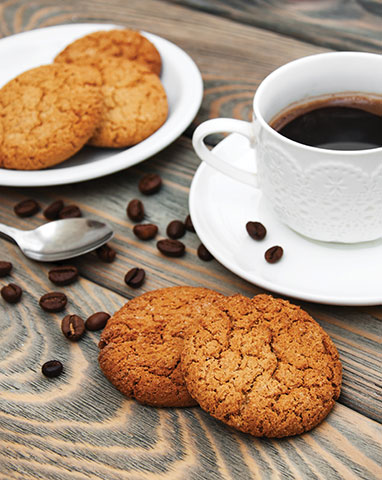 Load up your social media newsfeed on the weekend and you will definitely come across pictures of coffee and special beverages, attractive looking platters of food, all set in an ambience that today’s generation term as “Instagram-worthy”. New cafes open every day but what is the reason for its existence? It can very well be traced back to 1475, although never officially documented, most culinary historians infer to Kiva Han as the first coffee shop in the world that star ted in 1475 in Constantinople (now Istanbul). Meanwhile in Europe, these are called cafes.
Load up your social media newsfeed on the weekend and you will definitely come across pictures of coffee and special beverages, attractive looking platters of food, all set in an ambience that today’s generation term as “Instagram-worthy”. New cafes open every day but what is the reason for its existence? It can very well be traced back to 1475, although never officially documented, most culinary historians infer to Kiva Han as the first coffee shop in the world that star ted in 1475 in Constantinople (now Istanbul). Meanwhile in Europe, these are called cafes.
No matter the name, they are known to its community as a go-to for coffee, tea and some types of light food. Coffeeshops are culturally nourishing as well, being a gathering point for social interaction and also solitude. This notion is definitely growing stronger by the day, becoming one of the most prominents segments in the food and beverage industry. With such expansive possibilities, we will look into the cafe culture in a twopart series. Star ting with an over view on how coffee and tea are perceived around the region, char ting the trends of coffee and cafes followed by operating a beverage-centric outlet that primarily serves snacking type food. In Part 2, we will delve into how cafes have evolved over the years and what it takes to run one with a full-fledge kitchen.
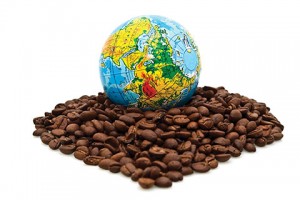 THE BEAN GOES GLOBAL
THE BEAN GOES GLOBAL
Coffee cultivation began in the Arabian Peninsula and by as early as 16th century, coffee was grown in the Yemeni district of Arabia, Persia, Egypt, Syria and Turkey and was widely enjoyed at homes and coffee shops. By the 17th century, Europeans started to discover the beverage as its fellow travelers brought back stories of the dark black drink. Some called it ‘bitter invention of Satan’ and the Pope Clement VIII had to intervene when attempts to bring in coffee to Venice in 1615 was opposed. Well, we can all guess the Pope gave his thumbs up, other wise the espresso wouldn’t be so well-known today! Major cities like Austria, England, France, Germany and Holland soon sprouted coffee houses of their own and by the mid-17th century, the city of London had more than 300 coffee houses that were meeting points for people like merchants, shippers, brokers and artists.
Coffee’s reach was growing and in 2014, the 6 continents consumed a staggering 8.5 million kilograms of coffee! While coffee’s roots did begin in Arabia, including the cultivation, it was only natural that it would travel the world and we have now, approximately more than 50 countries with coffee plantations. The top 10 coffee-producing countries comprise of nations from different regions, a portrayal of the bean’s excellent response to various conditions and climates. Out of the top 10, 3 are countries of the Asian region, namely Indonesia, Vietnam and India while Thailand and the Philippines are amongst the top 25 producers. Although the region was not the earliest to embrace coffee culture, its countries adapted and came up with their own interpretations of coffee.
References:
https://en.wikipedia.org/wiki/Coffeehous
http://www.ncausa.org/i4a/pages/index.cfm?pageID=68International Coffee Organization.
http://www.ico.org/prices/new-consumption-table.pdf

KOPITIAM OF MALAYSIA & SINGAPORE
A combination of the Malay word for coffee (kopi) and the Chinese Hokkien dialect for shop (tiam), kopitiams are simply unfussy coffeeshops found at local neighbourhoods where coffee is prepared with the most basic utensils, favoured by citizens of these two countries. The Malaysian style ‘black’coffee roast (Kopi-O) is produced by roasting beans with sugar for a darker shade and to enhance its aroma and flavour. Butter or margarine is also added when roasting although the reason for it is divided – to add richness or for lubrication so the caramelised coffee beans do not stick to the ‘wok’ when mixing.
There is also the ‘white’coffee which originated in the town of Ipoh, Perak hence the popular moniker “Ipoh White Coffee”. It is not white in colour though, but rather a reference to how the coffee is roasted with only margarine and no sugar resulting in a less dark roast. Riding on the unique edge of “Ipoh White Coffee” the Old Town White Coffee brand was conceptualised and is now one of the town’s pride. Meanwhile, Ya Kun Kaya Toast is Singapore’s brand of ‘kopitiam’ since 1944. Both brands run on franchising and takes your neighbourhood coffeeshop to a more comfortable level with air-conditioning, full service staff, serving hawker favourites with a slight twist; not deviating too much from the traditional and charges reasonably.
DIVERSITY OF THE PHILIPPINES
One of the few countries in the world to have suitable climate and soil conditions to cultivate four of the most commercially viable coffee that are Arabica, Liberica, Excelsa and Robusta. Once one of the top producers in the late 1800s, it is now a relatively small producer due to its vulnerability to the often volatile weather of the region and global climate change as well as the country’s rapid urbanisation that is taking over agricultural land formerly used for coffee planting.
VIETNAM’S DRIP COFFEE
Brought in by its French colonists in 1857, Vietnam is now the second largest coffee producer behind Brazil. Yet, it is the Vietnamese style of coffee preparation that the world has come to know. Using a three-piece apparatus known as ‘phin’, the single-cup filter (or brewer) consists of a mug, top and bottom filter. A clear glass is first filled with a bit of condensed milk and the ‘phin’ filter would be placed atop the mug. Ground coffee is placed into the brewer and the top filter is then screwed on with the suitable resistance to allow the hot water to pass through. The fun part is watching the coffee drip onto the condensed milk and after about 4-5 minutes it is ready for drinking.
COFFEE BEANS AND WILDLIFE {INDONESIA & THAILAND}
Exotic coffee that include the element of faeces? Indonesia is known for its ‘kopi luwak’, which is coffee that includes part-digested coffee cherries eaten and defecated by the Asian palm civet cat. And Thailand has “Black Ivory” which is Arabica coffee beans consumed by elephants and collected from their faeces. Both types of coffee are considered to be some of the most expensive beans in the world.
RIDING COFFEE’S WAVES
Since the world discovered this commodity, coffee has become a well-loved beverage and the industry saw various waves of how consumers took their coffee. Each wave had its set of priorities that played to the socioeconomic needs of its time.
First Wave – it was the aim of marketers to cultivate the love for coffee in ever y kitchen. Innovations were geared towards packaging to keep the product fresh with preparation methods as easy as adding hot water.
Second Wave – a small specialty shop is now a global enterprise called Starbucks! This wave focused on coffee origins and roasting styles, also credited to introduce espresso beverages. The second wave emphasised on overall quality of coffee which led to maintaining consistency and homogeneity that improved branding. Along the way, this homogeneity perhaps got too rigid for some and a “rebellion” against it would birth the Third Wave.
Third Wave – coffee lovers look to the character of the coffee itself as the main selling point; the driving force of improving the profile of coffee. According to Trish Rothgeb, who coined the definition of “coffee waves”, the third wave barista “have spent the past few months perfecting and downsizing their signature drinks into exquisite, jewel-like espresso concoctions. In both cases, the coffee will make the moment, not the whipped cream or flavored syrup. These baristi will be able to tell you exactly when their coffee was roasted, how the beans were processed, the idea behind the blend, and offer cupping notes”.
References:
http://asia.nikkei.com/Politics-Economy/Economy/Philippines-tries-toreignite-production?page=2
http://www.craftbeveragejobs.com/the-history-of-first-second-and-thirdwave-coffee-22315/
http://coffeekind.com/reading-room/article/three-waves-coffee
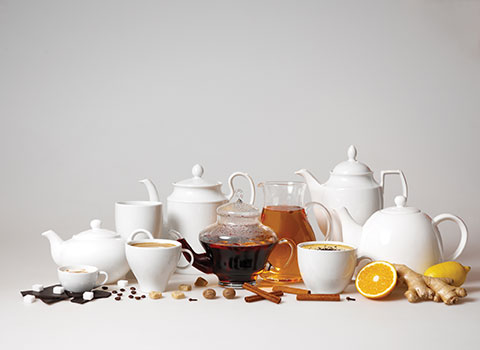
TEA’S GENTLE NATURE
The second most widely consumed beverage in the world after water, tea drinking is believed to have begun in China’s Yunnan region for medicinal purposes while the people of Sichuan apparently boiled tea leaves into a concentrated liquid to be taken as a bitter yet stimulating drink. In 1609, the Dutch East India Company became the first European company to bring the first assignment of tea from Japan to be shipped to Europe. Soon, tea became fashionable in Netherlands, Germany, France and all the way across the Atlantic to New Amsterdam (now New York). Tea was looked upon as royal in England, possibly due to Catherine of Braganza who first took tea drinking to the British court when she married King Charles II in 1662. Although tea is a staple in India, it was the British who brought it in, as an attempt to break the Chinese monopoly. It offered land in the area of Assam to any European who agreed to cultivate tea there for export and its popularity only soared in the country sometime in 1950s through an advertising campaign by the India Tea Board. Tea is typically divided into categories depending on its processing method. The world’s six major types of tea are:
• White:Wilted and unoxidised
• Yellow:Unwilted and unoxidised, but allowed to yellow
• Green:Unwilted and unoxidised
• Oolong:Wilted, bruised, and partially oxidised
• Black:Wilted, sometimes crushed, and fully oxidised (called ‘red tea’ in China)
• Post-Fermented:Green tea that has been allowed to ferment/compost (‘black tea’ for the Chinese)Like coffee, tea has been found to be very versatile and here are ways the tea leaf has been adapted to different lifestyles around the world:

HONG KONG’S TEA RESTAURANT
A literal translation from its Cantonese name of ‘cha chaan teng’, its association with Hong Kong is inseparable. It also exists in some par ts of Greater China. Enter the busiest shop in Hong Kong, you would likely share a small table with strangers having milk tea and a polo bun – the perennial breakfast. The menu extends to include instant noodles and boiled eggs. Ser vice is incredibly fast and efficient. Black tea is mixed with condensed milk or sugar and evaporated milk for the creamy concoction, similar to the British’s way of having tea with fresh milk and sugar.
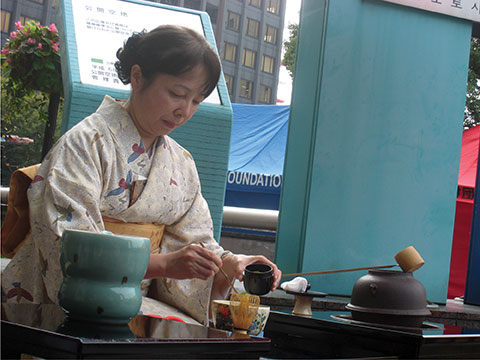 TEA CEREMONIES
TEA CEREMONIES
An important cultural activity primarily in Japan and China, tea drinking is more than sipping. The rituals of a tea ceremony embody qualities such as refinement, an inner spiritual content, humility, restraint and simplicity “as all arts that par take the extraordinary, an artistic artificiality, abstractness, symbolism and formalism” to one degree or another as well as ignites an adoration and appreciation of the beauty in everyday, despite the sordid facts.
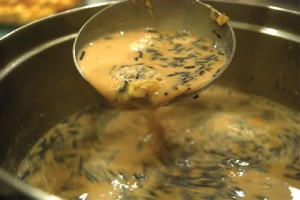 SPICE OF TEA
SPICE OF TEA
Countries like Pakistan, central and southern Punjab and India drink ‘chai’. A Kashmiri chai is a pink creamy tea with pistachios, almonds, cardamom, cinnamon and is usually served at special occasions. India’s “Cutting” chai is served by street tea vendors in a small cup for a quick pick-me-up.
These two beverages are a vital par t of society’s fabric and also has a multitude of health benefits (taken in the correct way, of course). We can see that cafe culture is not a modern fad but one that was realised even in the early civilisations to meet the need for a good cup of coffee and meeting place. Coffee and tea’s role in catalysing cafe culture is immense and we want to look at what it takes today to make your cafe dreams great Business Sense!
References:
Alan Macfarlane; Iris Macfarlane (2004). The Empire of Tea. The Overlook Press. Referenced from https://en.wikipedia.org/wiki/Tea#Tea_culture
Mary Lou Heiss; Robert J. Heiss (2011). The Story of Tea: A Cultural History and Drinking Guide. Retrieved from https://en.wikipedia.org/wiki/Tea#Tea_culture
Mair & Hoh 2009. Retrieved from https://en.wikipedia.org/wiki/Tea#Origin_and_history
Colleen Taylor Sen (2004). Food Culture in India. Retrieved from https://en.wikipedia.org/wiki/Tea#Origin_and_history
Liu Tong (2005). Chinese tea. Retrieved from https://en.wikipedia.org/wiki/Tea#Origin_and_history
Varley, Paul; Kumakura, Isao (1989). Tea in Japan: Essays on the History of Chanoyu. Retrieved from https://en.wikipedia.org/wiki/Tea_ceremony
Selected images from Flickr attributed to:
@felixtriller / J2KFM / JoshBerglund19/ Alpha / Krista / cleon







